7 Benefits Of Using Lease Contract Management Software
Tenants and landlords depend on contracts to set the terms and conditions for renting property from one another. These legally binding agreements define the property, payment details, duration, security deposits, maintenance, termination, and dispute resolution. It allows parties to align expectations while renting commercial space, residential properties, and equipment.
Effectively completing these business transactions depends on maintaining control over these contractual agreements from inception to completion. However, keeping the lease agreements on track is difficult due to the many milestones, shifting regulations, and innumerable stakeholders. Fortunately, advanced contract management software allows organizations to quickly and efficiently create, negotiate, execute, and monitor lease agreements.
What does Lease Contract Management involve?
Lease agreements establish the legal framework and mutual expectations between a landlord and tenant, outlining key terms such as rent, duration, responsibilities, and rights. They help prevent misunderstandings, protect both parties in disputes, and ensure compliance with local laws and regulations. A well-drafted lease agreement provides clarity, reduces legal risks, and supports smooth, professional relationships, making it a critical document for residential and commercial property transactions.
Tracking Lease Terms
Tracking lease terms involves monitoring key details such as lease duration, renewal dates, rent escalations, maintenance responsibilities, and termination clauses. Accurate tracking ensures that both landlords and tenants fulfill their contractual obligations on time. This process typically includes maintaining a lease abstract that highlights critical dates and clauses, enabling proactive management of upcoming milestones. By staying ahead of deadlines, businesses can avoid penalties, missed opportunities for negotiation, or automatic renewals that may not serve their best interests. Tracking lease terms also helps in forecasting financial liabilities and supports better decision-making.
Managing Payments
Managing payments in lease contract management involves overseeing the timely and accurate execution of all financial transactions related to the lease. This includes rent, maintenance fees, utilities, property taxes, and any other agreed-upon charges. A well-managed payment system ensures that all parties fulfill their financial obligations, avoiding late fees, interest penalties, or disputes. It also includes verifying invoices, reconciling amounts with lease terms, and allocating costs to the appropriate internal departments or budget categories. Effective payment management also contributes to cash flow forecasting, budget planning, and financial reporting. Transparent payment tracking promotes trust between tenants and landlords and provides documented evidence in case of discrepancies or audits.
Compliance
Compliance in lease contract management refers to adhering to all legal, regulatory, and contractual requirements associated with leasing agreements. This includes local and national property laws, accounting standards, zoning regulations, and safety codes. Non-compliance can result in fines, legal disputes, or reputational damage. To ensure compliance, organizations must regularly review lease clauses, monitor changes in relevant laws, and update lease terms accordingly. Auditable documentation, timely renewals, and consistent reporting practices also support compliance efforts. By staying compliant, businesses minimize risk, maintain good standing with regulatory bodies, and avoid disruptions to operations due to legal complications. It also demonstrates due diligence and strengthens internal governance practices.
Document Management
Document management involves organizing, storing, and retrieving lease-related documents securely and efficiently. These documents include signed lease agreements, amendments, renewal notices, compliance certificates, payment receipts, inspection reports, and correspondence between parties. Efficient document management supports faster responses to lease queries, simplifies compliance tracking, and provides a clear historical record of the lease lifecycle. It ultimately helps organizations maintain organized records, streamline workflows, and reduce administrative overhead.
Renewal and Termination
Renewal and termination management ensures leases are either extended or concluded in alignment with strategic and operational needs. Timely action on renewals can help organizations renegotiate better terms or secure continuity for essential locations. On the other hand, managing lease termination involves following contractual procedures, providing required notices, settling outstanding payments, and handling property handover. Failure to properly manage renewals or terminations can result in unexpected costs, legal liabilities, or business disruptions.
How does Lease Contract Management Software help businesses?
Lease contract management includes tracking complex lease terms, managing multiple renewal dates, ensuring regulatory compliance, handling high volumes of documentation, and coordinating across departments. These issues can lead to missed deadlines, financial losses, legal risks, and operational inefficiencies. Overcoming these challenges is essential to maintaining accuracy, reducing risk, ensuring timely decision-making, and optimizing costs. By streamlining lease management processes, businesses can improve visibility, enhance compliance, and make more strategic use of their leased assets.
1. Self-serve Lease Agreements
Lease contract management software enables self-serve lease agreements, allowing users to generate, customize, and manage leases without constant legal or administrative support. Using templates and pre-approved clauses, employees or partners can create compliant leases in minutes, reducing turnaround time and human error. This self-service model streamlines operations and empowers teams to manage leasing tasks independently while ensuring that all documents remain legally sound. It’s especially valuable for businesses managing high lease volumes or franchises with standardized terms. The software often includes conditional logic to adapt the lease based on input, minimizing manual edits.

2. Seamless Integration With CRM
Integrating lease management software with a CRM system (like Salesforce or Dynamics 365 CRM) creates a powerful synergy between leasing operations and customer relationship management. This integration ensures that lease data—such as status, milestones, payments, or renewal dates—is synchronized with customer records, giving teams a 360-degree view of client interactions and obligations. It helps sales, legal, and operations teams stay aligned, enabling smoother communication and more strategic decisions. For example, sales reps can see leasing terms while negotiating deals, or support teams can reference active leases when resolving issues. Seamless integration eliminates data silos and reduces duplicate data entry, improving accuracy and efficiency. It also enhances customer service by allowing faster response times and more personalized engagement.
3. Instant Visibility Into Leases
Lease management software provides instant visibility into all active, pending, and expired leases, consolidating data into a centralized dashboard. This real-time overview enables users to monitor lease obligations, track critical dates, and access lease terms without digging through files or spreadsheets. With advanced search filters, stakeholders can easily locate specific leases by region, type, expiration date, or other attributes. Dashboards and reports also highlight upcoming renewals, compliance issues, and financial exposures, supporting proactive decision-making. This transparency is crucial for large organizations managing multiple properties or locations.

4. Automate Lease Reviews & Approvals
Automating lease reviews and approvals significantly reduces delays and ensures consistency in contract processing. Lease management software allows businesses to set up approval workflows where leases are automatically routed to the right people—legal, finance, and operations—for review based on defined rules (e.g., value thresholds or lease type). This removes manual handoffs, reduces bottlenecks, and ensures nothing falls through the cracks. Built-in tracking and reminders help stakeholders stay accountable and aware of pending tasks. Automation also supports audit trails, showing who reviewed or approved each document and when, which is essential for compliance.
5. Monitor Performance & Status
Lease management software empowers businesses to monitor lease performance and status through real-time dashboards and analytics. This includes tracking key performance indicators (KPIs) like occupancy rates, payment history, renewal rates, and maintenance costs. By visualizing this data, companies can quickly identify underperforming assets, problematic tenants, or high-cost leases. Regular performance monitoring allows proactive interventions, such as renegotiating unfavorable terms or planning exit strategies. Status updates, such as whether a lease is in negotiation, active, or nearing expiry, are also easily tracked, reducing oversight and ensuring timely action. Notifications and reporting tools help management stay informed, while performance trends aid in long-term planning and investment decisions.

6. Fast-track Lease Signing
Integrated e-signature functionality allows stakeholders to sign leases electronically, eliminating the delays of printing, scanning, mailing, or in-person meetings. This accelerates the lease execution process from days or weeks to just hours or even minutes. Users can track signature progress in real time and send automated reminders to those who haven’t signed, ensuring deals don’t stall. The software ensures that signatures are legally binding and compliant with regional regulations (like ESIGN or eIDAS), adding speed and security. Fast-track signing is especially useful in competitive markets where quick execution can be the difference between securing or losing a tenant.
7. Effective Change Management
ease management software enhances change management by providing structured tools for handling amendments, addendums, or shifting lease terms. As business needs evolve—such as relocations, expansions, or rent renegotiations—the software helps track and document all changes with complete audit trails. Authorized users can initiate and approve modifications through automated workflows, ensuring changes are reviewed, validated, and archived systematically. The system maintains version control, preventing confusion over outdated or conflicting agreements. Notifications and updates keep stakeholders aligned during transitions, minimizing miscommunication and risk. Additionally, change logs provide transparency, helping legal and finance teams analyze historical changes and understand their impact on operations or budgets.
Conclusion
Dock 365 plays a key role by providing insights, alerts, and analytics that support informed decision-making during lease contract management. Built on Microsoft 365, it offers automated reminders, workflow approvals, and documentation to streamline the contracting process. A centralized and digital document management system within your SharePoint environment enhances accessibility and minimizes the risk of lost or misplaced files. It also enables quick reference to key information, supporting audits, legal reviews, and operational decisions. AI integration allows businesses to go through huge volumes of contracts in no time for negotiation, approvals, and performance tracking.
Book a Live demo
Schedule a live demo of Dock 365's Contract Management Software instantly.
.png?width=196&height=196&name=MicrosoftTeams-image%20(24).png)
Written by Deepti Gopimohan




